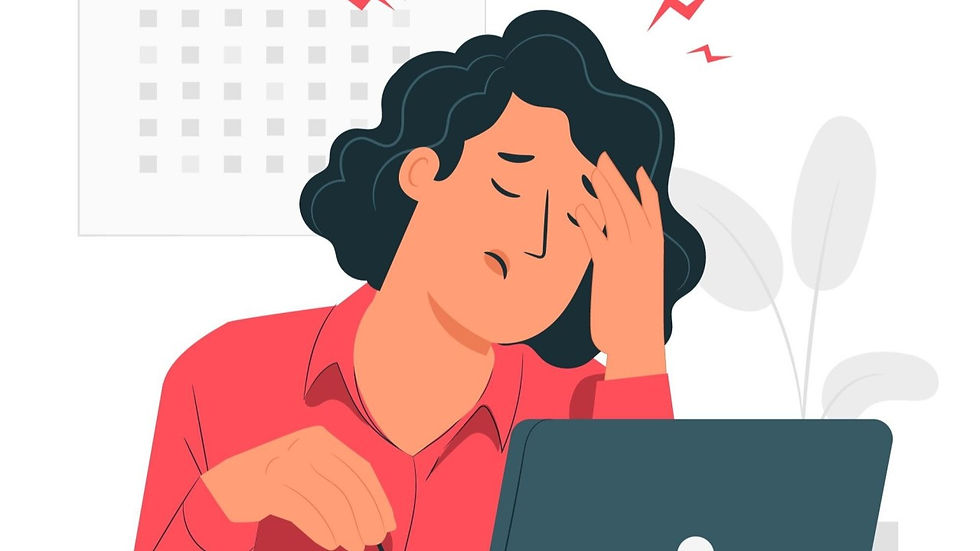Mental Illness in the LGBTQ+ Community: Breaking the Silence
- Lauren Alexis Wood
- Jun 4
- 2 min read

Mental health is a topic that deserves open discussion, yet stigma often silences those who suffer—especially within the LGBTQ+ community. Research consistently shows that LGBTQ+ individuals are at a higher risk for mental health issues compared to their heterosexual and cisgender counterparts. These disparities are not rooted in identity itself, but in the discrimination, stigma, and systemic challenges LGBTQ+ people frequently face.
Members of the LGBTQ+ community experience elevated levels of anxiety, depression, substance use disorders, and suicidal ideation. According to the National Alliance on Mental Illness (NAMI), LGBTQ+ youth are more than four times as likely to attempt suicide than their heterosexual peers. Transgender individuals, in particular, face alarmingly high rates of suicidal thoughts, with nearly 40% having attempted suicide at some point in their lives.
Why are these numbers so high?
One major factor is minority stress—the chronic stress faced by members of stigmatized minority groups. LGBTQ+ individuals often face social rejection, bullying, family estrangement, and even violence. Even in more progressive societies, microaggressions, discrimination in healthcare, and barriers to legal protections contribute to a sense of isolation and anxiety.
Coming out, while empowering, can also be a source of emotional turmoil. Many LGBTQ+ individuals are forced to navigate complex personal and societal reactions, some of which can be traumatic. Without adequate support, the stress of this process can contribute to mental health struggles.
Intersectionality further complicates the picture. For LGBTQ+ people of color, immigrants, or those living with disabilities, the burden is often heavier. These individuals experience overlapping layers of discrimination, which can compound mental health challenges and make access to supportive services even more difficult.
Yet, despite these challenges, the LGBTQ+ community is resilient. Support networks, affirming spaces, and culturally competent care make a real difference. Access to mental health professionals who understand the unique needs of LGBTQ+ individuals is critical—but unfortunately, not always available. Many people report experiences of misgendering, dismissal, or ignorance from mental health providers.
What can be done?
First, education is key. Schools, workplaces, and healthcare systems must prioritize LGBTQ+ inclusivity and mental health literacy. Providers should be trained to offer affirming, nonjudgmental care. Communities can also make a difference by creating safe spaces where LGBTQ+ individuals can find solidarity and support.
Checking in with LGBTQ+ friends and loved ones, listening without judgment, and standing against discrimination can have a profound impact. Allies play an important role in reducing stigma and fostering environments where mental health conversations are normalized.
It’s time to move beyond silence and shame. Mental health should be a right, not a privilege, and that includes every member of the LGBTQ+ community. By advocating for change, increasing awareness, and showing compassion, we can begin to close the gap in mental health outcomes and ensure that no one feels they have to suffer alone.




Comments